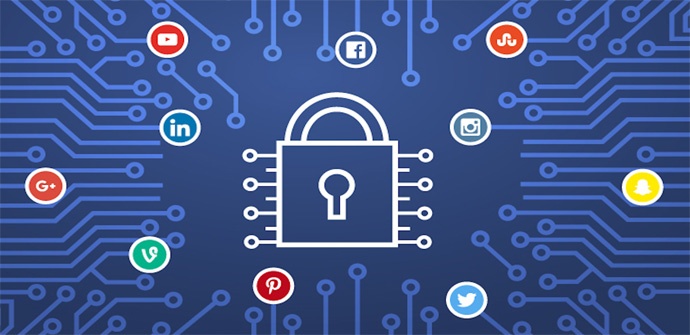In the digital age, network security has become a critical priority for businesses and individuals alike. With the rise of cyber threats and the growing reliance on networks for communication and data storage, protecting information and systems is more important than ever. This blog offers a comprehensive guide to network security, exploring key concepts, common threats, and best practices to keep your networks secure.
Definition of Network Security
Network security refers to the policies and practices adopted to prevent and monitor unauthorized access, misuse, modification or denial of a computer network and its accessible resources. In essence, it is about protecting the integrity, confidentiality and availability of information and network systems.
There are several levels of network security, including protecting data in transit (when it is being sent from one device to another) and protecting data at rest (when it is stored on storage devices). Additionally, network security encompasses a wide range of technologies and devices, from firewalls and intrusion detection systems to antivirus software and encryption protocols.
Common Network Threats

Malware
Malware, or malicious software, includes viruses, worms, Trojan horses and spyware, designed to infiltrate and damage computer systems without the user’s knowledge. Malware can steal sensitive information, corrupt data, and impair network performance.
Phishing
Phishing is a social engineering technique used by cybercriminals to trick people into revealing sensitive information, such as passwords and credit card numbers. These attacks are usually carried out through fraudulent emails that appear to come from trusted sources.
Denial of Service (DoS) Attacks
Denial of Service (DoS) and Distributed Denial of Service (DDoS) attacks aim to make a network or online service inaccessible by overwhelming the system with a flood of traffic. These attacks can paralyze websites and online services, causing significant disruptions.
Data Interception
Data interception, also known as sniffing or eavesdropping, occurs when attackers intercept and read data that is being transmitted over the network. This type of attack can lead to the leak of sensitive and confidential information.
Best Security Practices

internet alta velocidad
Firewall Implementation
Firewalls act as a barrier between your internal network and external threats, filtering incoming and outgoing traffic according to predefined security rules. Implementing robust firewalls is essential to block unauthorized access and protect your network from attacks. For more information about firewalls, you can consult Ibertronica Firewalls.
Use of Virtual Private Networks (VPN)
VPNs provide a secure, encrypted connection over public networks, such as the Internet. Using a VPN is especially important for employees working remotely, as it ensures that transmitted data is protected from interception.
Regular Software Updates
Keeping software up to date is crucial for network security. Software updates often include security patches that fix known vulnerabilities. Be sure to apply updates regularly to protect your systems against emerging threats.
Multi-Factor Authentication (MFA)
Multi-factor authentication adds an additional layer of security by requiring multiple forms of verification before granting access to the network or systems. This can include something the user knows (such as a password), something the user has (such as a security token), and something the user is (such as a fingerprint).
h3>Network Monitoring and Auditing
Continuous monitoring and network auditing are essential to quickly detect and respond to suspicious activity. Using monitoring tools can help you identify and mitigate threats before they cause significant damage.
User Education and Awareness
Network security not only depends on the technologies implemented, but also on the behavior of users. Training employees and users on security best practices, such as recognizing phishing emails and using strong passwords, is critical to protecting the network.
Conclusion
Network security is a vital component of any information protection strategy in the digital age. By understanding common threats and adopting security best practices, you can safeguard your data and systems against cyber attacks. From implementing firewalls and using VPNs to user education and constant monitoring, every step you take to strengthen the security of your network contributes to creating a more secure and resilient environment.
Staying informed about the latest cybersecurity trends and threats is essential to protecting your network from potential risks. With a proactive approach and the right tools, you can ensure that your information and systems are always protected.







